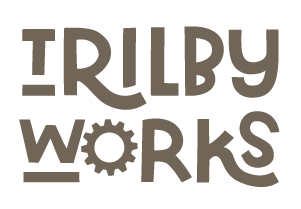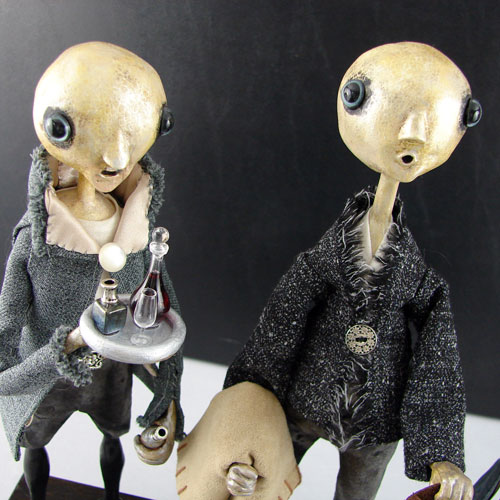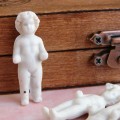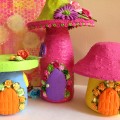A skeleton key is any key that has been designed in such a way as to open or bypass any warded lock regardless of make or type through its reduced “skeletal” structure. These keys can be old or new but, in the arts and crafts world, commonly refer to ornate vintage-style keys that can be used for decorative purposes.

Vintage skeleton keys are made of brass, steel or iron while today’s modern versions made for crafting are often of a bronze-plated metal alloy. The ornately decorated bow at the top end of the key’s long shaft is one of the most desirable attributes of a skeleton key although some have a simple loop end that can easily slide onto a key ring or hang from a hook. The opposite end of the shaft–the part that opens the lock–typically has a small bit with a single indentation.
Key Symbolism
Throughout history, the key has been one of humankind’s most universal symbols, representing knowledge, mystery, and initiation. In art, Christian saints, pagan gods, and medieval kings alike are depicted holding keys as symbols of their spiritual or temporal power.
Keys have been used to symbolize man’s ability to gain access to those things of either a material or spiritual nature which are of the greatest significance to him. The key is an object symbolic of opening and closing powers, such as the power to open the door between this world and the next. Temporally, it has represented rule over everything, from empires and feudal kingdoms to single households.
Three keys worn together are said to unlock the doors of wealth, health, and love. Keys in coats-of-arms indicate trust and loyalty.
Wooden locks and keys were in use as early as 4,000 years ago in Egypt. One of the most widely seen symbols in ancient Egypt is the ankh, also known as the key of life or the key of the Nile.
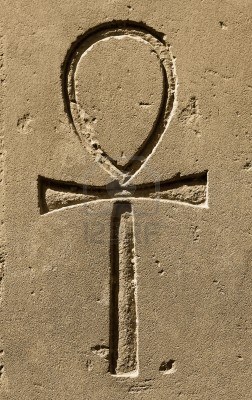
In pagan mythology, the Phrygian (in Asia Minor) earth goddess Cybele, who ruled over all nature, holds the key to Earth, shutting her up in winter and opening her again in the spring. Her key was understood to open the gates to the invisible world. She was known to the Greeks as Rhea, the wife of the Titan Cronus and mother Zeus. The Romans worshiped a goddess with the “power of the key” first known as Cardea and later as Cybele.
The ancient Greeks used one key as a symbol for knowledge and life.
The two-faced Roman god Janus (the month January is named after him) was the god of beginnings and transitions, the god of doors, gates, endings, and time, and was often shown holding a staff and a key. He opens the door of the sky and releases the dawn and closes the old year while opening the new.

An ancient key tradition that still survives stems from the practice of emperors, kings, princes and persons in positions of august authority presenting elaborately designed “chamberlain keys” to officials as symbols of their appointment to high office. Today, this is manifested in the presentation of a “key to the city” to visiting dignitaries. Presenting the keys of a city under siege was a tangible symbol of surrender to the conqueror.
In the Christian tradition (co-opted from the pagan Roman priesthood), St. Peter holds the “keys of the kingdom of heaven” and is popularly known as the gatekeeper to heaven. In his 17th century painting of Saint Peter, Peter Paul Rubens depicted the saint clutching two large keys, which represent the power of loosing and binding, entrusted to Peter by Jesus.
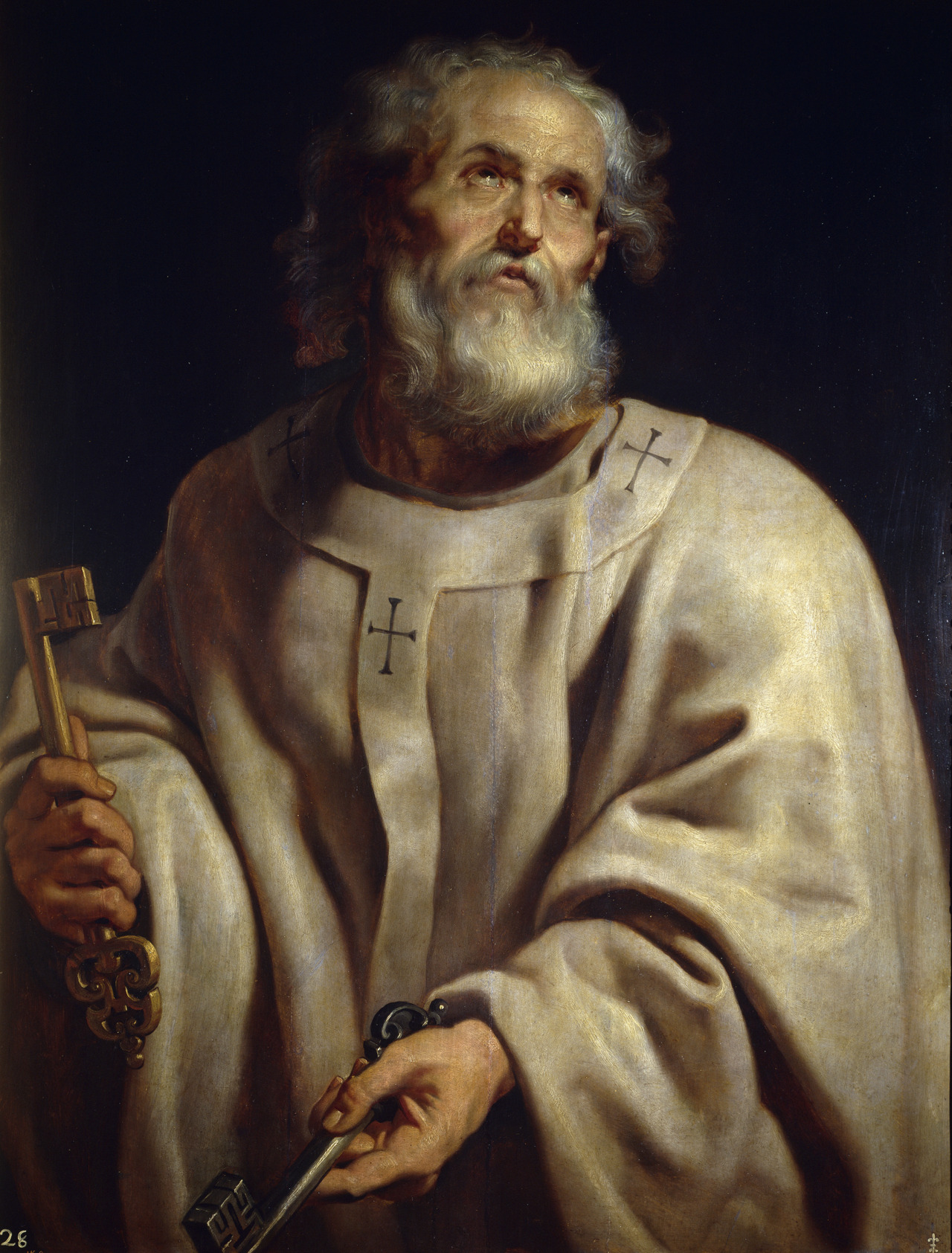
One key is gold, to open the gates of heaven; the other silver or iron, to close them. Catholic popes bear the crossed keys as an emblem of papal authority. Keys are among the most frequently used images in Christianity.
Other saints have keys as well: King Ferdinand of Spain, who conquered the Moorish city of Cordoba; Hippolytus, the dungeon guard converted by St. Lawrence; Martha the patron saint of housekeepers wears a key hanging from her girdle; and Notburga, the patron saint of maids.
In the tarot, the hierophant (trump number five) appears as a religious leader with two crossed keys. The 21 cards of the tarot’s major aracana are called “keys,” referring to the ability to illuminate archetypes and stages of life.
In Judaism, the keys to the synagogue were sometimes to given to a pregnant woman in a difficult labor, symbolizing “unlocking” her womb.
In civil law the keys that hung from the belt of a married woman took on great importance as a symbol or her status. She ordinarily received them from her new mother-in-law when she married, which gave her sole access to all the recesses of the house. Evidence of this can be seen in portraits of women, both fictional and real, like those below.
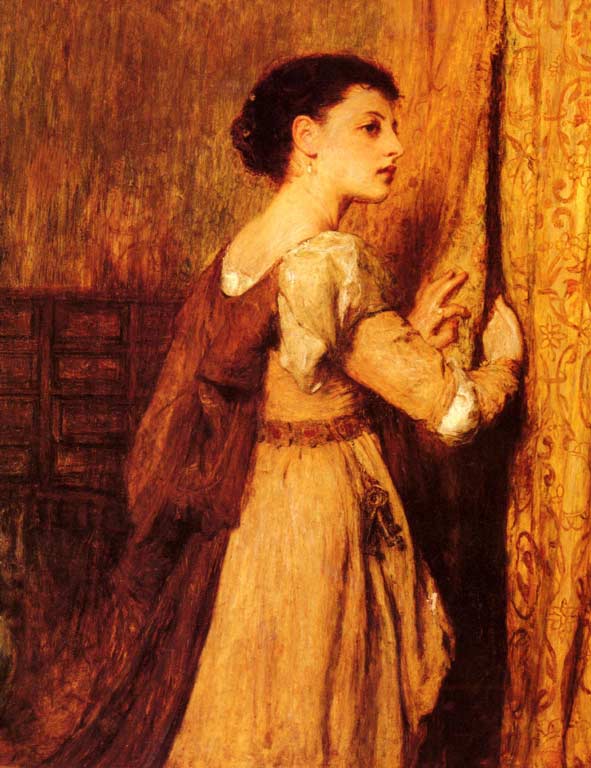
One might think that the keys would be carried in a purse or concealed in an inner pocket but, as a symbol of the status of the carrier, they were instead prominently displayed on the outer clothing, as seen below: the Duchess of Marlborough wearing her gold key, the symbol of her office and authority.
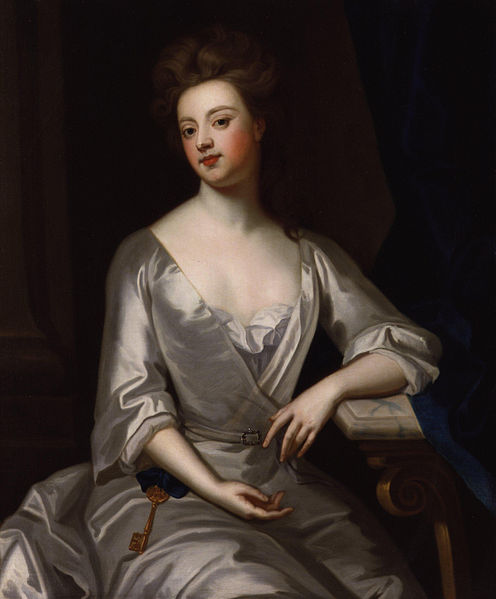
The Artsy Side of Skeleton Keys
There are lots of ways to use skeleton keys in your art. I’ve compiled an Etsy treasury with lots of ideas to get you started.
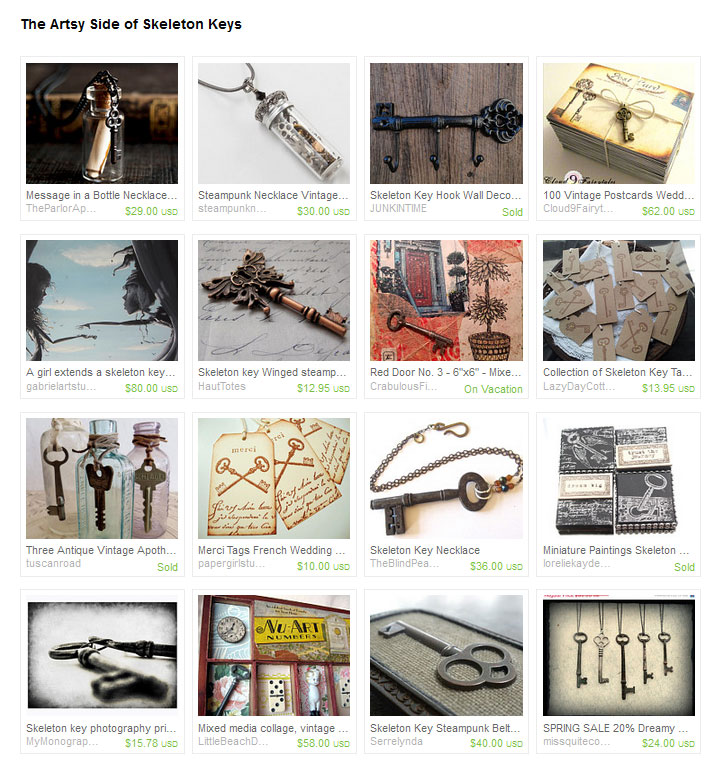
Art Prompts Using Skeleton Keys
To get you started using skeleton or other keys in your artwork, consider the following common phrases using the word “key”.
- key to my heart
- key to life
- under lock and key
- key to success
- key to wisdom
And some lines from literature and poetry that include the word “key”.
Love is the master key that opens the gates of happiness.
~Oliver Wendell HolmesThe key to growth is the introduction of higher dimensions of consciousness into our awareness.
~Lao TzuThere was a door to which I found no key: There was the veil through which I might not see.
~Omar KhayyamA man who is “of sound mind” is one who keeps the inner madman under lock and key.
~Paul Valéry, Mauvaises pensées et autres, 1942
That’s it! More than you ever wanted to know about skeleton keys. Buy some today and get started creating. If you make something great, please leave a comment with a link to your work!
Sources
- Dictionary of Symbolism: Cultural Icons & The Meanings Behind Them by Hans Biedermann, Meridian Books, 1989.
- Dictionary of Subjects & Symbols in Art by James Hall, Harper & Row, 1974.
- MyJewishLearning.com
